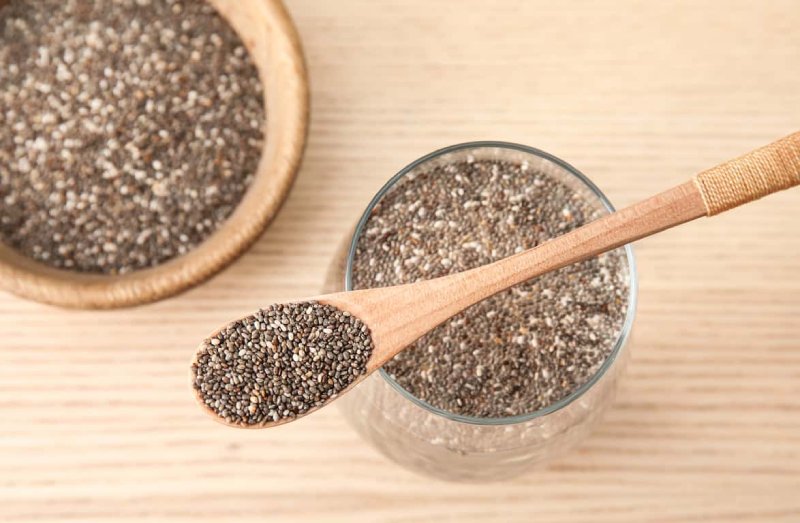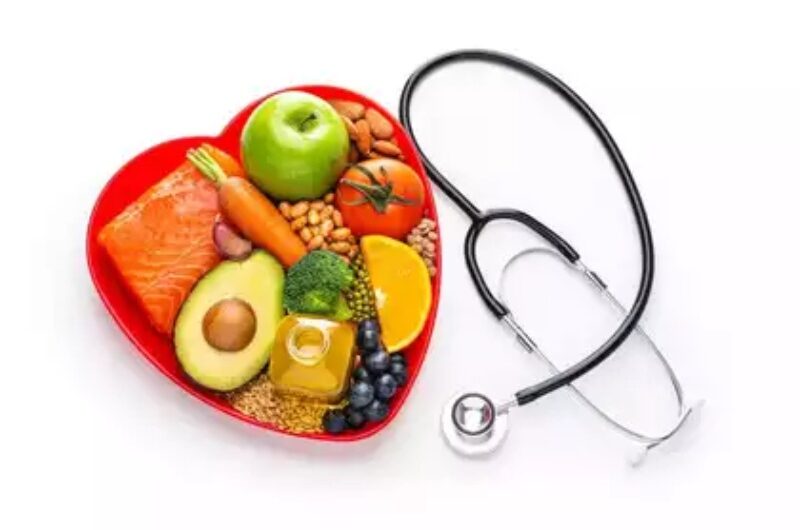The broadest analysis of the evidence to date links 32 detrimental health impacts to ultra-processed foods, including cereals and fizzy drinks.
Poor diet is considered to be the cause of one in five deaths worldwide, and in recent years, a number of studies have focused heavily on the effect of ultra-processed foods, or UPFs.
About 15 years ago, UPFs were initially established to enable researchers to look at the potential health effects of food processing. In order to compile the majority of the available evidence and provide a comprehensive picture of how UPFs affect human health, a recent study known as a “umbrella review” examined numerous studies that involved nearly 10 million participants.
The findings link a diet high in UPFs to poor health outcomes and early mortality from a variety of diseases, including as heart disease, type 2 diabetes, obesity, and mental illness.
There is no doubt that diets high in UPFs are detrimental to health, and the latest research confirms the connections to a wide range of illnesses. Concerns still surround the precise processes by which these foods cause illness in humans, though.
Over the years, various mechanisms have been postulated by researchers. Among these are inadequate dietary quality; certain UPFs have excessive fat, sugar, and salt content, low fiber content, and insufficient amounts of important vitamins, minerals, and antioxidants.
Other mechanisms include an absence of structure and texture, which raises blood sugar levels, speeds up eating, and lessens the feeling of fullness. Food additives and other chemicals, whether added to food or present as pollutants from packaging or the environment, have also received a lot of attention.
Evidence Varies in Quality
The fact that different studies’ results varied in strength and that some connections were weak is an intriguing feature of the current investigation. This is most likely partly because the UPF category includes a broad variety of foods.
The concept designates foods that are highly processed with refined and reconstituted ingredients that may not be well-known to consumers, and that may also contain chemicals and additives. This includes a wide range of items, including low-fat spreads, processed meats, wholemeal bread, ice cream, and snacks. These wildly disparate foods, with their diverse components and nutrient compositions, will very likely impact our health in very different ways.
The fact that these are extensive, population-level studies in which thousands of participants describe their usual food intake and health status is another crucial consideration. The methodology “adjusts for” a number of variables that may distort the results, including age, gender, and lifestyle.
The findings, however, are limited to demonstrating the connection between food consumption and health. They don’t offer concrete proof of the underlying mechanics. Further research is desperately needed to determine the mechanism and cause of food-related health problems.
The long-term health impacts of, say, consuming excessive quantities of food additives, could be challenging and morally dubious, even though certain direct investigations may be feasible. However, this presents a chance to use available data to further explore these consequences. With additional research coming out, there should be enough information to concentrate on various UPF types and determine which ones are the best and worst.
It would be interesting to extract some more specific data to assist identify which items you should avoid, given the vast quantity of information in the umbrella review.
It’s Time to go Farther
The UPF category includes a wide variety of foods with correspondingly varied nutrient compositions. Commercial wholemeal bread, ice cream, donuts, and fried snacks are all considered UPF foods. Thus, there’s a good chance that various UPFs will have a variety of health impacts.
Furthermore, more thorough statistical analysis of the studies that have already been conducted, along with mechanistic studies in which human subjects are fed particular foods or ingredients under controlled conditions, should aid in determining which UPFs to avoid, which are safe, and which may even be advantageous when included in a nutritious, well-balanced diet.
There’s no denying that these findings should contribute to the recommendations for reducing the use of UPFs, which are obviously harmful to health. On the other hand, it is also important to determine which components of these foods are the most hazardous, as this has allowed food producers to remove them from diets, as has happened with dangerous substances like trans fats and some artificial colors.
Since a large number of people rely largely on commercially processed food items, it is important to make sure that these foods are safe and nourishing going forward, especially for the underprivileged and vulnerable populations.
Topics #Health Effects #Ultra-Processed Foods










